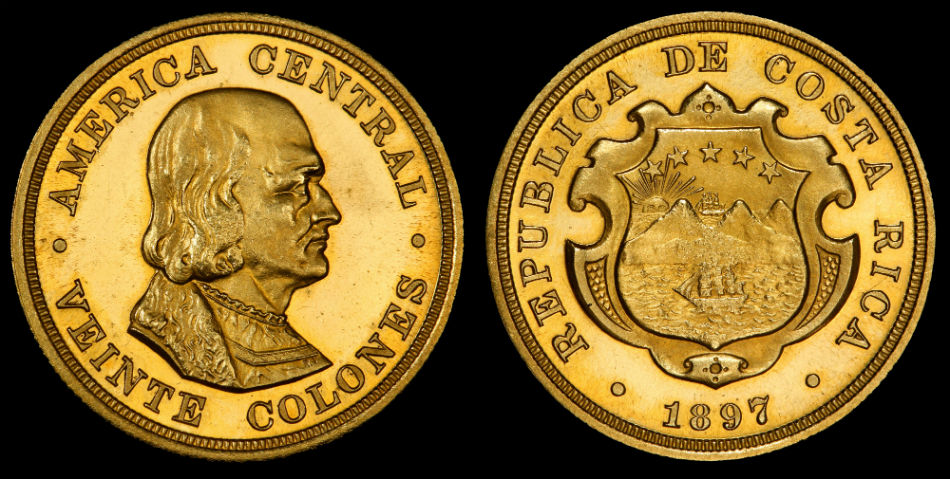Costa Rica Currency
Find out more about Costa Rica’s currency and discover the available payment methods admitted in the country

Costa Rica’s official currency is the Costa Rican colón. Nevertheless, the reference currency used in the country is the US dollar while colones are divided into 100 pennies. Popularly, they are known as “pesos” (the previous currency) or “cañas” and its symbol is a C crossed by two vertical bars “?”
Nowadays, there are coins of 1 (although it has not been officially withdrawn from circulation, it is very strange to find them due to its small value), 5, 10, 25, 50, 100 (colloquially known as “tejas”) and 500 colones being the last three the most used ones. On each coin’s front side, Costa Rica’s Republic shield is engraved while on its reverse, the value is specified.
Also, there are ? 1000 (“one red”), 2000, 5000 (“a toucan”), 10000, 20000 and 50000 banknotes. Each banknote makes reference to one of the six ecosystems in the country, and Costa Rican illustrious figures are printed on its front side. The banknotes have different colours and, although they have the same length, their widths are different to help blind people.
You will not have problems with your payment since dollars are accepted in many touristic establishments, in fact, in many places, prices are specified in dollars, and you can receive the change in colones.
ATMs work around the whole country being the biggest networks those from the national banks BCR (Bank of Costa Rica) and BN (National Bank). Also, you can find ATM’s in many petrol stations.
Private banks do not have an own service of cash dispensers, so they hire outsourcing enterprises. In that case, the service has an additional bank commission charged by the subcontracted company.
You can use worldly recognised credit cards (mainly Visa, Mastercard and American Express) in most of the touristic establishments, hotels, shops and restaurants but it is always necessary to have some cash to pay for public transport and in little restaurants.
In addition, most of the hotels and restaurants accept traveller’s cheques. You can change them at banks and exchange offices, but you must take into account that you will have to pay a commission.
For currency exchange, it is better to avoid the airports’ exchange offices, because they apply higher taxes. You can change euros and dollars at the BCR (Bank of Costa Rica) or at the BN (National Bank) and at some hotels. You must take into account that there is always people queueing at the bank, a fact that could waste your time.
If you are an European tourist, and you want to exchange euros, the exchange rate from euros to dollars in the local entities sometimes is not very favourable, so it is recommended to exchange euros for dollars in Europe, and then, once in Costa Rica, exchange from dollars to colones. You must take into account that sometimes $50 and $100 banknotes are not accepted due to security policies against money counterfeiting. Furthermore, €500 banknotes can only be exchanged in certain banks, and they will charge you higher commissions.
Find out more information about the exchange from dollars to colones here: www.bccr.fi.cr/flat/bccr_flat.htm
Find out more information you need to know before your trip to Costa Rica:
Book now your Hotel or Apartment:
Compare flight offers and book in advance to save some money.
Find the largest offer in car rental for your holidays:
Copyright www.TourismInCostaRica.org © - All rights reserved.


